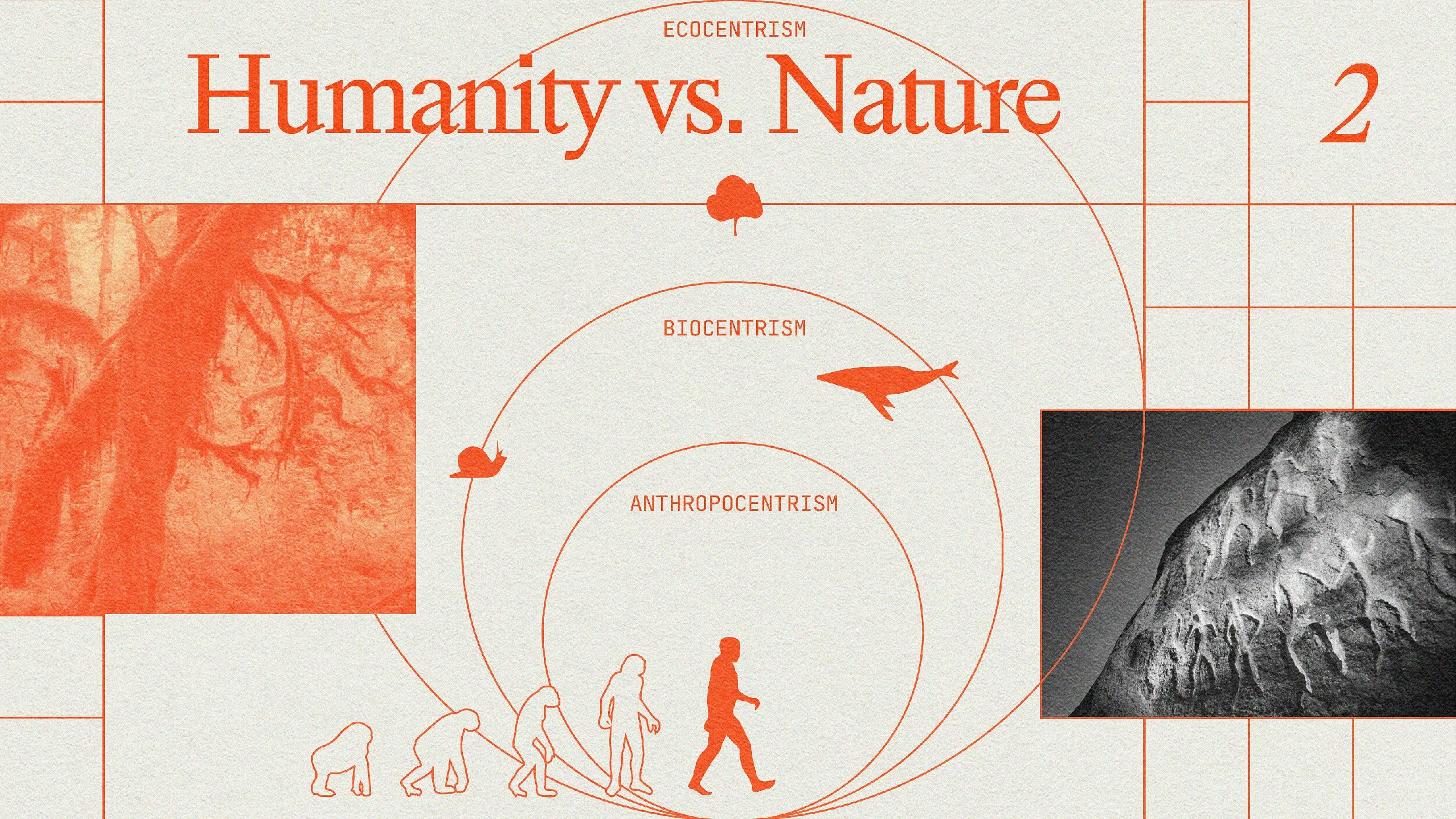Animals are becoming nocturnal to avoid humans

It’s come to this — just like ancient mammals used to go out at night to avoid the dinosaurs, some animals are becoming nocturnal just to avoid us.
A meta-analysis that included 76 studies of 62 mammals on six continents showed that almost all of them are shifting their activities to the nighttime just to prevent human interaction. Indisputably, we are the somewhat scary masters of this planet.
Kaitlyn Gaynor of the University of California, Berkeley, whose team carried out the study, discovered the pattern of animals becoming more active at night. This insight inspired her to conduct the meta-analysis, with the result clearly showing how much of an influence on the rest of Earth we’ve become.
“All mammals were active entirely at night, because dinosaurs were the ubiquitous terrifying force on the planet,” said Gaynor. “Now humans are the ubiquitous terrifying force on the planet, and we’re forcing all of the other mammals back into the night-time.”
Some examples of these animals include the sun bear – a species from south-east Asia. When it’s observed in places with few people around, only 19% of sun bear activities take place at night. On the contrary, around the research camp in Sumatra (teeming with people), 90% of the activity of the bothered sun bear is moved to the nighttime.
In a similar instance, when lions are tracked in the protected areas of Tanzania, only 17% of their activity is at night, in contrast to 80% of all activity that’s moved to the night in populated regions.
On average, the study showed that human disturbance increased nocturnal activity in 62 species by 1.36 times, causing a 70/30 split in disturbed areas in favor of living more at night.
“There are fewer and fewer spaces wildlife can go to avoid people,” pointed out Gaynor. “So they’re avoiding us in time because they can’t avoid us in space. This trend is going to continue as the human population grows.”
This apparent trend begs the question – how will this change in behaviors affect the evolution of these species in the long term?
Some negative consequences that have been observed include situations where animals are forced to put themselves into unnecessary danger due to having to be up more at night. Sable antelopes in Africa, for example, would normally avoid waterholes after dusk for fear of predators but being forced by human hunters more of them drink their water at night. And more of them get killed.
For some animals, the shift in habit is allowing them to survive in a world run by humans. Tigers in Chitwan in Nepal live in close proximity to people by managing to hunt at night.
“It’s a way to share space on an increasingly crowded planet,” explained Gaynor. “We take the day and they take the night.”
Time will tell the real consequences of such shifts, but the fact that we are influencing our environment and its inhabitants is beyond doubt.
You can check out the study here.





